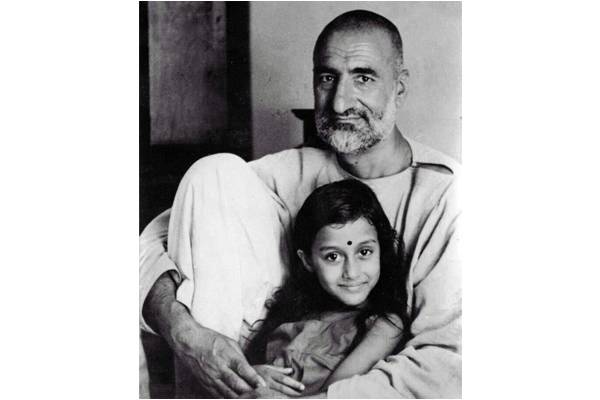
In this historic photo, Indira Gandhi sits in the lap of Abdul Ghaffar Khan (1890-1988), known as Bacha Khan, the Frontier Gandhi, the Muslim Gandhi and Badshah Khan in India and Pakistan. Badshah Khan and Mahatma Gandhi met in 1919, starting a lifelong friendship that extended to their families. By the 1930s, Badshah Khan was part of Gandhi’s inner circle, with his Red Shirts or Khudai Khitmatgars backing the non-violent movement cause till Partition.
“Indira was always a very able woman, a very courageous woman,” he told Kavita Chhibber in an interview in Kashmir when he was quite old. “I have seen her growing up before my eyes and I don’t think anyone can judge her better than I can. I wonder if the people around were equally efficient.”
Badshah Khan died in Peshawar and was buried in Jalalabad. Visa requirements were waived on the day of his funeral and a one-day ceasefire was declared in the Soviet-Afghan war, so thousands of people could freely cross the border from Peshwar to attend the procession. Several national leaders, including the Prime Minister of India, Rajiv Gandhi, attended, implicitly attributing to him the status of a head of state.
“Indira was always a very able woman, a very courageous woman,” he told Kavita Chhibber in an interview in Kashmir when he was quite old. “I have seen her growing up before my eyes and I don’t think anyone can judge her better than I can. I wonder if the people around were equally efficient.”
Badshah Khan died in Peshawar and was buried in Jalalabad. Visa requirements were waived on the day of his funeral and a one-day ceasefire was declared in the Soviet-Afghan war, so thousands of people could freely cross the border from Peshwar to attend the procession. Several national leaders, including the Prime Minister of India, Rajiv Gandhi, attended, implicitly attributing to him the status of a head of state.

